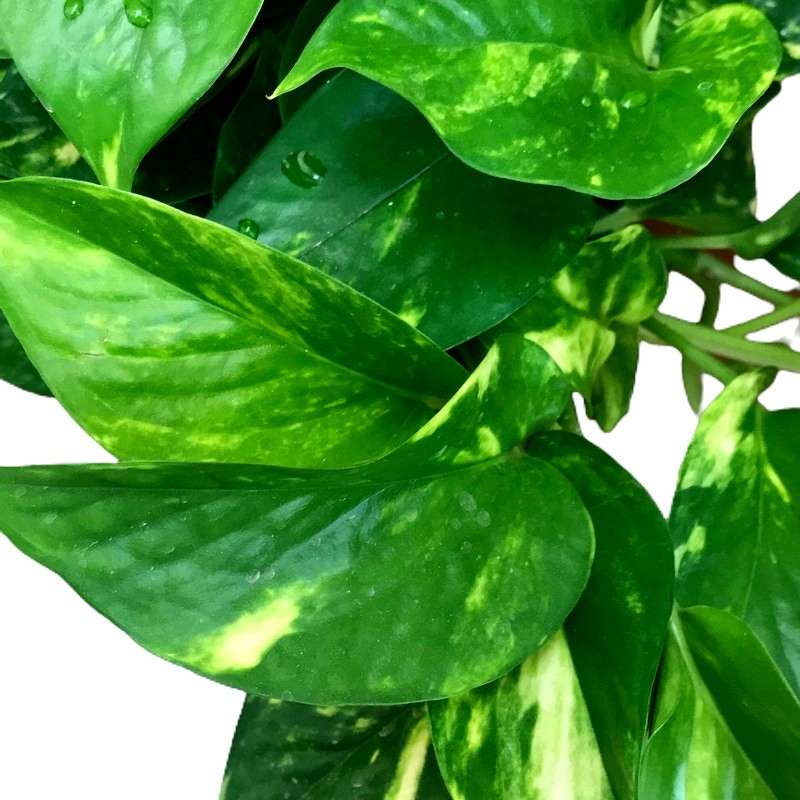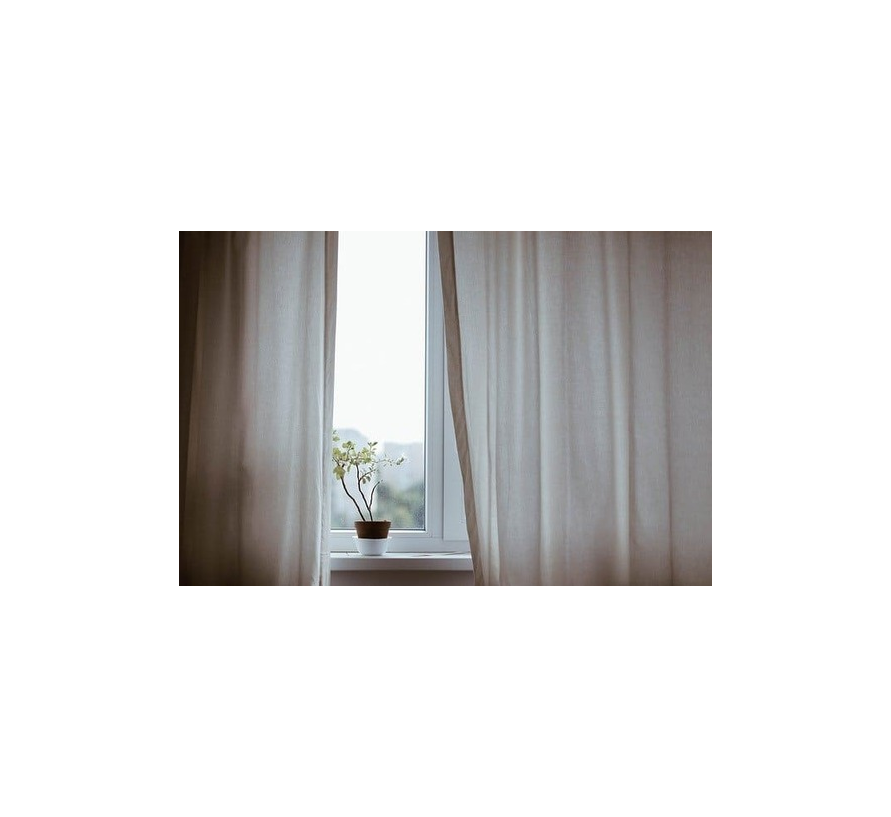Looking for plants that need little light? 13 indoor species that can live in semi-shade
You would like to have more indoor plants but your house is dim? 13 species that need little light.
You love plants and wish you had more… but you don't have enough space.
Your house does not have a garden, the terrace (if you have one) is already full of flowerpots, and the interior of the house is very dim.
And of course that is a major impediment, because a plant cannot survive without light ...
... or can it?
Well, here is the interesting thing, and it is that not all species demand the same amount of sun. And among the plants that need little light to live is where we find the perfect candidates for the interior of our house.
If you want to know more, keep reading, because we are going to give you a few ideas.
13 varieties of plants that need little light to live
An important clarification before continuing.
When we talk about plants that demand little light, that is not synonymous with that they can survive without sun.
Any plant needs to receive certain hours of sun a day to photosynthesize, grow and develop its flowers.
However, the species that we have included in this list stand out because they require fewer hours than others, or because they prefer semi-shade (that is, without receiving direct sunlight).
Take note.
1. Potus (Epipremnum aureum)
A perfect species to have as a hanging plant.
The poto or "potus" is a very rustic plant that survives with minimal care. In addition, it needs to be in semi-shade (the direct sun can burn its leaves) so it is ideal to have it as an indoor plant.

2. Bromeliad (Bromeliad)
A tropical variety highly prized for its exuberant flowers, whose colours range from red to purple, through yellow or orange.
Due to its origin, the bromeliad is used to receiving indirect light. Hence, it is a good option for dimly lit houses.
It is convenient to spray its leaves occasionally, in addition to keeping the substrate moist.

3. Dracena (Dracanea)
A plant whose palm-like appearance reveals its tropical origin (specifically, it comes from Africa).
The dracena is a very rustic species that can live well in dimly lit environments, although it will appreciate if we give it several hours of indirect light (the direct sun can burn its leaves).
Being a very rustic plant that requires little care, it is common to see it as a decorative element in offices.

4. Sword of Saint George (Sansevieria)
Succulents are widely recognized for being rustic species and not very demanding with care. And the Sansevieria is no exception.
It is a species that requires little watering and that adapts perfectly to semi-shade.
Its leaves grow vertically, so it can be placed in almost any corner. For all these reasons, it is a very common species in work environments.

5. Peace flower (Spathiphyllum)
Again a plant of tropical origin. In this case, the Flower of Peace comes from the lush jungles of South America.
It requires little care and prefers partial light, although to fully bloom it is advisable to receive several hours of sun.
By the way, an interesting detail is that the white "petals", which we usually take for the flower, are actually a protective layer that serves the plant to protect its yellow inflorescence.

6. Ribbon or malamadre (Chlorophytum comosum)
A very rustic species, which usually grows as a pendant.
The tape is one of the classic varieties that are used as a houseplant, mainly because it needs indirect light to grow (the direct sun can burn its leaves).
Of course, it is a plant that appreciates being exposed to light for many hours, even if it does not need it to survive.
In summer, you can spray water on its leaves to keep it cool.

7. Ferns (Polypodiophyta)
If you like ferns, you're in luck.
The vast majority of fern species are adapted to the humidity and low light conditions of tropical forests, so they are perfect to have indoors.
Remember to offer them enough water (in many cases you will have to keep the substrate moist) and spray their leaves. Also, keep the plant away from drafts.

8. Mint (Mentha)
Did you know that some aromatic plants also need very little light to live?
In fact, in the case of mint the direct sun can burn its leaves, hence it is preferable to keep it in semi-shade.
Mint is a perfect plant to have in the kitchen, where we can take advantage of it to add its fresh leaves to our food.
It is important to keep the substrate of the pot moist, for which you should water it regularly (especially in the hottest months).

9. Calathea (Calathea) Calathea
A tropical plant prized for its large dark-coloured leaves.
It needs very little light to survive. It will be enough to place it near a window for a few hours each day, and always when it is not going to receive direct sun (which could burn its leaves).

10. Aloe vera
Aloe vera is one of those plants that fits all.
In addition to the healing effect of its leaves, it also serves to renew the air in a room.
The direct sun is harmful to its leaves, so it is preferable that you have it in a place where it receives partial light.

11.Philodendron (Philodendron)
Famous for its huge heart-shaped leaves, the philodendron is a classic among indoor plants.
He is grateful to receive many hours of sun (always indirect), but he has no problem living in a dimly lit space.
Of course, be sure to spray its leaves regularly and water it frequently, especially during the summer.

12. Aspidistra (Aspidistra elatior)
A plant of Asian origin that will turn the interior of your home into “a little jungle”.
Although it is small (its maximum height is around 40 centimetres), it is a leafy and broad-leaved species.
It needs indirect light and moderate watering.

13. Peperomia (Peperomia)
Another highly prized species as a houseplant, surviving in very little light.
Peperomia is easy to recognize; you just have to look at the white veins that run through its heart-shaped leaves.
It is a very decorative species that takes up little space, so it is perfect to place it in any corner of the house.
In addition, it is undemanding with care and hardly needs watering.

You already know the best species of plants that need little light to live.
As you can see, having a dimly lit house is no reason to enjoy your plants.
The important thing is that you choose the right species and, above all, that you give each one the care they need.
And in the event that you continue to have doubts, we can help you.
At Viveros González, we have been advising our clients for more than 40 years to find the best species of plants for their home.
If you need it, enter here and contact us.

 English
English Spanish
Spanish
Comments
Leave your comment